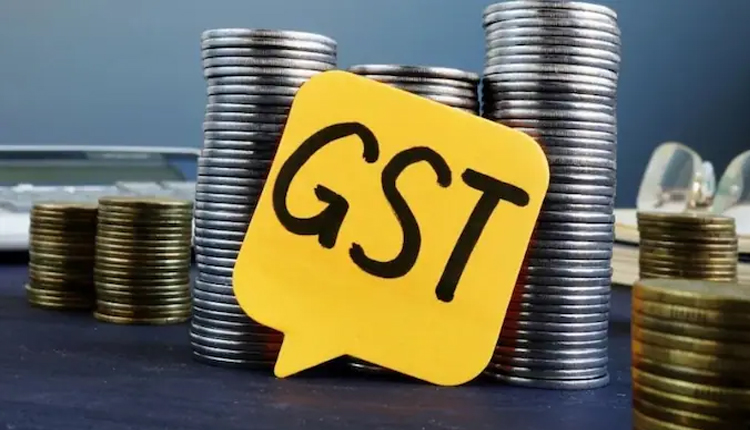New Delhi: In a landmark decision poised to transform India’s tax landscape, the Goods and Services Tax (GST) Council, chaired by Union Finance Minister Nirmala Sitharaman, announced a dramatic overhaul of the GST structure during its 56th meeting on Wednesday.
The Council has scrapped the existing 12% and 28% tax slabs, streamlining the system to just two primary rates — 5% for essentials and 18% for most goods and services — effective from September 22. Additionally, a special 40% slab will be introduced for luxury and sin goods, marking a significant step towards simplifying taxation and easing the burden on consumers.
A Simplified Tax Regime
The decision, finalised after intense deliberations in a marathon 10.5-hour meeting, aims to make GST more consumer-friendly and business-efficient. The current four-tier structure of 5%, 12%, 18%, and 28% has been a source of complexity and disputes since its inception in 2017. By eliminating the 12% and 28% slabs, the Council has responded to long-standing calls for a streamlined tax system. According to sources, approximately 99% of items currently taxed at 12% will move to the 5% slab, while 90% of those in the 28% bracket will shift to 18%, making a wide range of goods — from electronics to apparel — more affordable.
The new 40% special slab will target a select group of luxury and demerit goods, such as high-end cars, tobacco and gambling services. Punjab Finance Minister Harpal Singh Cheema, speaking to reporters after the meeting, confirmed the adoption of the two-slab structure with a special 40% rate, noting that the decision was reached through consensus among state and Union Territory finance ministers.
A Festive Gift For Consumers
The timing of the reform, set to coincide with the Navratri festivities starting September 22, aligns with Prime Minister Narendra Modi’s Independence Day promise of a “Diwali gift” to reduce the tax burden on the common man. The shift is expected to lower prices for essentials like packaged food, clothing, footwear up to ₹2,500, and medical equipment, offering relief to millions of households grappling with inflation. For instance, items like bicycles, feeding bottles, and certain electronics, previously taxed at 12% or 28%, will now fall under the 5% or 18% slabs, potentially boosting consumption ahead of the festive season.
However, the reform comes with fiscal challenges. West Bengal Finance Minister Chandrima Bhattacharya estimated a revenue loss of ₹47,700 crore due to the slab rationalisation, while Jharkhand’s Radha Krishna Kishore pegged his state’s loss at ₹2,000 crore. Despite these concerns, the Council rejected calls for an additional levy beyond the 40% rate, with further discussions on demerit goods taxation deferred to future meetings.
A Boost For Businesses And The Economy
The simplified GST structure is expected to reduce compliance burdens for businesses, particularly MSMEs, by minimising classification disputes and litigation. The move also corrects the inverted duty structure, freeing up working capital for industries like textiles, footwear and fertilisers. “This is a bold step towards GST 2.0, fostering economic growth and consumer welfare,” said an industry expert, predicting a surge in demand for consumer durables and apparel.
As notifications for the new rates are expected within days, businesses and consumers are gearing up for a transformative shift in India’s indirect tax regime. The reform, hailed as a milestone in cooperative federalism, underscores the government’s commitment to making taxation simpler and more equitable.



Comments are closed.